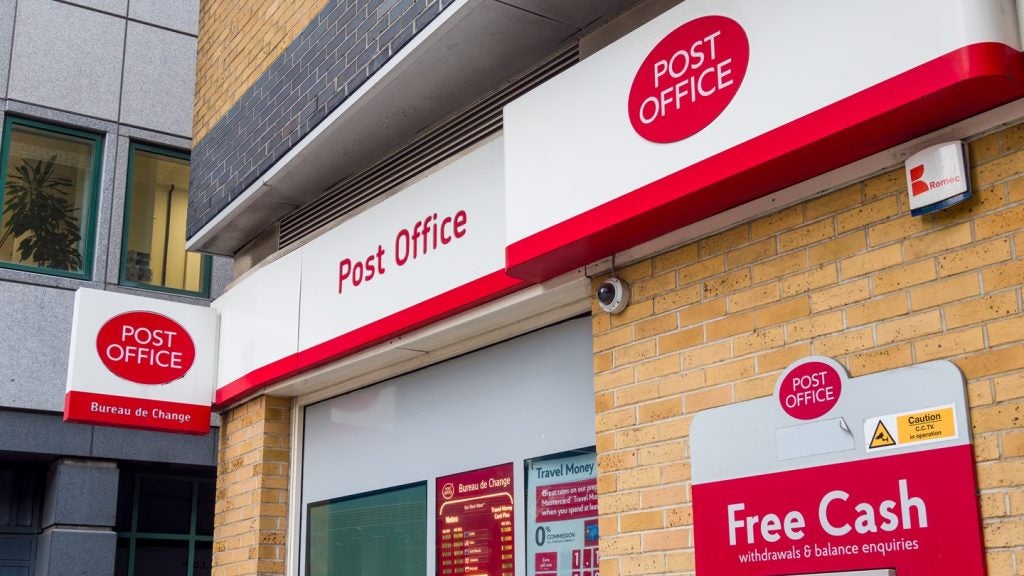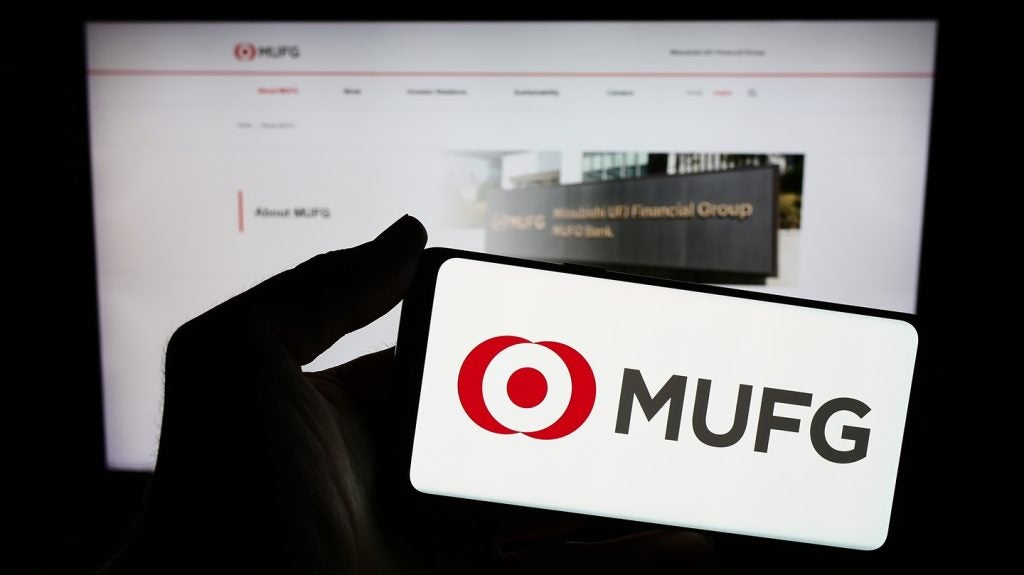Matt Clay, manager of risk management and regulatory strategy at the consultancy Baringa Partners, discusses the changing landscape in UK retail banking. He argues that the next 18 to 24 months is going to be a critical period for the challenger banks if they are to become competitive.
When the term ‘Challenger’ first cropped up in relation to UK retail banking in an OFT market study of Personal Current Accounts (PCAs) in 2008, it represented a select group of three institutions – HBOS, Nationwide and Abbey – that were regarded as having the potential to provide a competitive constraint on the market share of the ‘Big 4’ high street banks – namely Barclays, HSBC, Lloyds and RBS.

Access deeper industry intelligence
Experience unmatched clarity with a single platform that combines unique data, AI, and human expertise.
Almost five years on, the term, whilst having largely the same intent, has taken on somewhat broader connotations as a result of the unprecedented upheaval in the UK banking market. With the financial crisis precipitating closures and forced mergers of institutions and with two of the ‘Big 4’ requiring state support, there has been a fundamental change in the landscape.
In the midst of this change, several new banks have joined the fray either as start-ups (in the case of Aldermore and Metro), joint ventures (M&S – in partnership with HSBC) or acquisitions (Virgin Money – having purchased the remnants of Northern Rock).
This has meant that not only has the population of the ‘Challenger’ group changed significantly but so too has the scope and nature of the challenge provided.
Given the recent, very public recital of the HBOS debacle this is clearly no bad thing – the ‘Challenger’ market should, by definition, be seen to offer a robust commitment to doing things differently to what is now a ‘Big 5’.

US Tariffs are shifting - will you react or anticipate?
Don’t let policy changes catch you off guard. Stay proactive with real-time data and expert analysis.
By GlobalDataOur experience across the industry certainly suggests that this is the case, with ‘Challenger’ business models generally emphasising simplicity and service in order to create a bond of trust between customer and bank.
And yet, against this backdrop of changing dynamics, new brands and customer centricity, very few ‘Challengers’ have yet managed to transition to being genuine competitors to the ‘Big 5’, whether in the retail, SME or mid-corporate space.
In many respects, despite the general positivity surrounding the ‘Challenger’ approach, the ability to compete comes down to the raw economics of banking, meaning that these ‘Challengers’ must address their cost of funding and capital efficiency. While service and reliability are undeniable differentiators in today’s market, price remains the leading priority for customers. All in all, it feels as though we’re still some way off a tipping point in UK retail and corporate banking provision.
Although the government (in conjunction with the regulatory authorities and the Independent Commission on Banking) has sought to reduce the capital and liquidity barriers to entry for start-up banks and extended the Funding for Lending Scheme, borrowing rates in wholesale markets continue to be higher for ‘Challengers’.
Furthermore, reduced regulatory capital requirements could well be something of a red herring as ‘Challenger’ banks grow and mature, given that capital levels are inevitably seen as a prime indicator of credit worthiness for those seeking to borrow in wholesale markets.
Additionally, many ‘Challenger’ banks hold proportionally more capital than their larger competitors by virtue of the fact that they calculate regulatory capital using inherently conservative standardised methods.
Given the relative immaturity of these banks (and it must be said, relatively low credit losses), many have struggled to appropriately test the internal models they’ve built. Some ‘Challengers’ have also lacked a true understanding of the business case for investing in the infrastructure and resource required to secure regulatory permissions for internal model use.
Although funding and capital issues may seem inextricably linked to the maturity curve of any nascent bank, the critical point here is that the window of opportunity for these banks is by no means unlimited.
As a collective, the ‘Big 5’ have never been more vulnerable to attacks on market share but this vulnerability will not last forever.
All of which makes the next 18-24 months a critical period for ‘Challenger’ banks. In order to make the leap from ‘Challenger’ to viable competitor there is a significant step up required in terms of the sophistication of funding and capital management strategy.
Some bold strategic decisions are required in order to accelerate the process of meaningful competition albeit that bold shouldn’t mean excessively risky or reckless.
While a number of ‘Challengers’ have been rumoured to be contemplating an acquisition to build their balance sheet, the Co-Op’s withdrawal from the Verde purchase last month shows that expansion ambitions must be realistic. Ultimately, meaningful competition does not necessarily equate to equivalence in terms of market share.
As depicted in the diagram below, there are a variety of potential pathways for ‘Challengers’ to follow as they seek to carve out their position in the UK banking market.
For new entrants there is a decision to be made as to whether to genuinely compete, or merely disrupt (akin to the role currently played by many peer-to-peer lenders and technology innovators).
At the next level, currently occupied by the likes of Aldermore and Metro, the decision revolves around how to join what we would regard to be the second tier of UK banking – it is here that funding and capital decisions are critical.
The second tier is predominantly occupied by a range of current and former mutuals, where the consideration is how and where to compete against the major tier-1 players.
A solid starting point for this strategic decision-making is certainly to review funding and capital plans to ensure that performance is optimised (again, within clearly defined and strict risk appetite parameters).
There is also an opportunity to exploit the current willingness of the regulator to acknowledge the relevance of more sophisticated capital calculation methodologies to smaller institutions.
Those ‘Established Challengers’ who shy away from such critical strategic considerations may find themselves still on the outside looking in should the window of opportunity close sooner than they had predicted.
Matt Clay is manager of risk management and regulatory strategy at Baringa Partners







